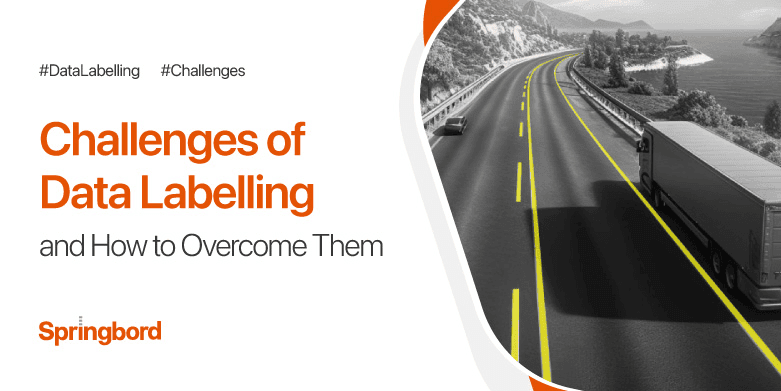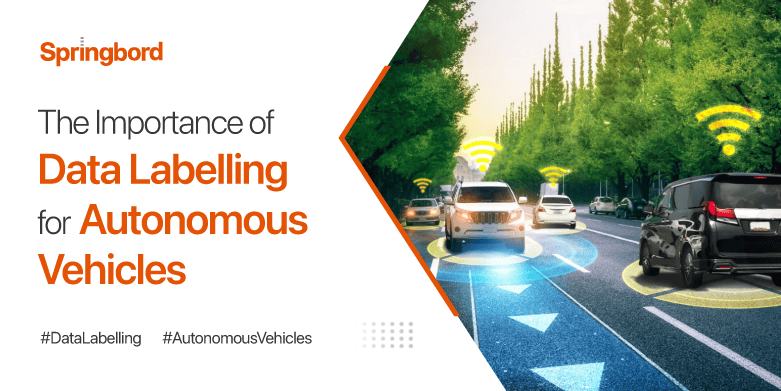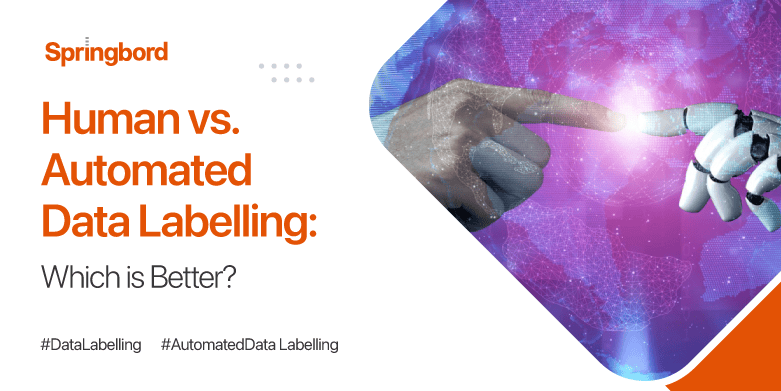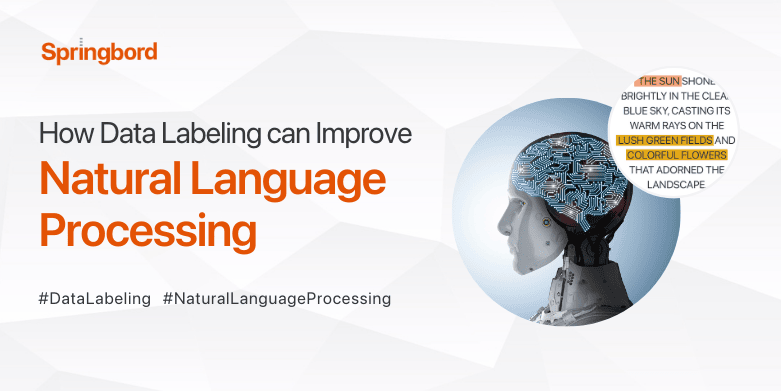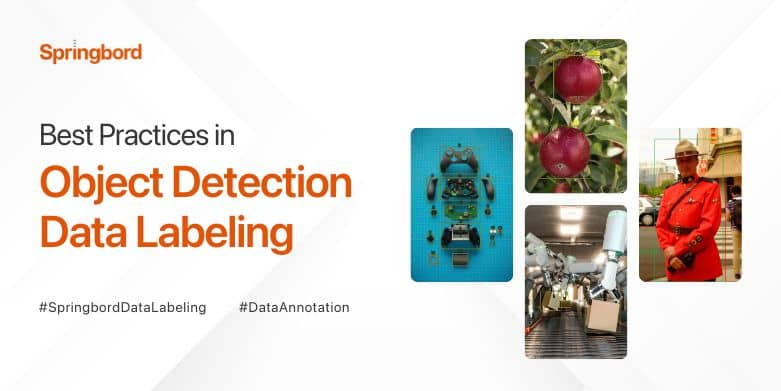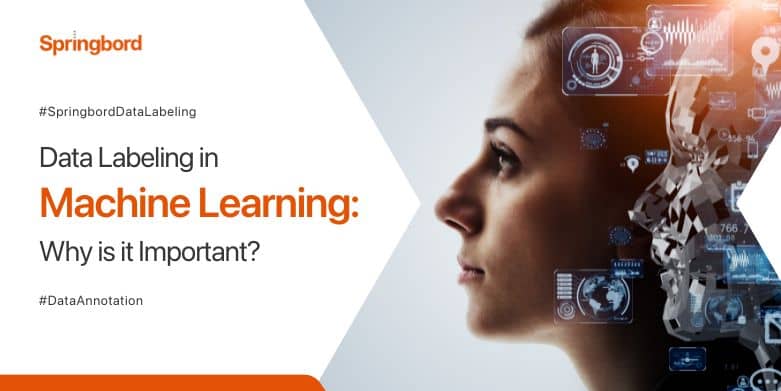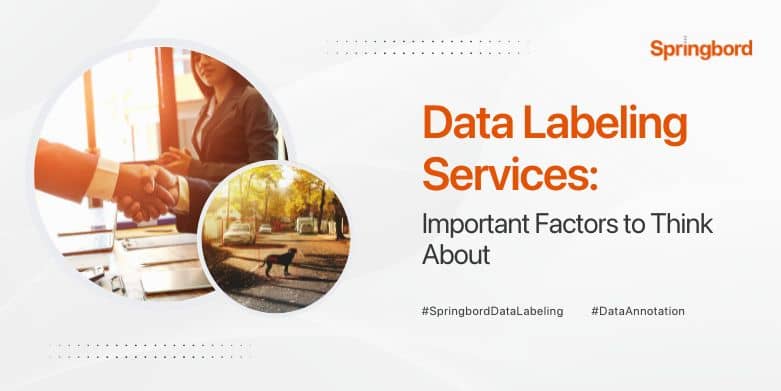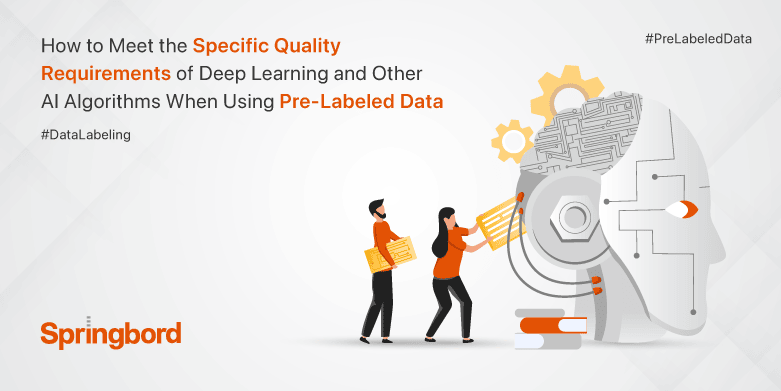M
E
N
U
Unlock the secrets of cutting-edge AI and machine learning as we delve into the intriguing world of data labelling challenges. Also, Learn about the roadblocks that prevent the compilation of trustworthy datasets and investigate novel approaches to removing them. Introduction Data labelling is an essential component of machine learning and AI, and it is required
In the dynamic landscape of real estate, where every decision counts and data reigns supreme, the accurate and timely labelling of data holds paramount importance. As business owners, you understand the significance of leveraging data for informed decision-making, yet the process of data labelling can be daunting and resource-intensive. This is where outsourcing data labeling
In the ever-evolving landscape of autonomous vehicles, a crucial process forms the bedrock of their capabilities – accurate data labelling. This process is pivotal in empowering these vehicles to not only understand their environment but also navigate it with precision. In essence, data labelling involves annotating vast datasets, including images and sensor readings, to provide
Data labelling is crucial to data-driven decision-making with implications outside data science. Human vs. automated data labelling is a big topic of debate. People who support human labelling point to their knowledge and understanding of the context, while people who support automation point to its potential for efficiency and scalability. This article aims to compare
Is improving the precision and dependability of your NLP models a priority? Wondering how data labeling can play a crucial role in achieving these goals? Look no further! In this article, we will explore the immense potential of data labeling in improving NLP and why it has become a critical aspect for businesses in the
Accurate and trustworthy data has become essential in today’s data-driven world. Organizations are constantly striving to extract meaningful insights from vast amounts of information to make informed decisions and stay ahead of the competition. Two critical processes that contribute to effective data utilization are data labeling and data annotation. Understanding the differences between these two
Data labeling is a crucial step in the process of building object detection models. Accurate labeling of training data is essential for the model to learn how to identify and locate objects within an image. However, data labeling can be a challenging task that requires careful consideration and attention to detail. In this blog post,
In recent years, machine learning has gained popularity as a tool for automating various tasks. However, for machine learning algorithms to work effectively, they need to be trained on labeled data. Data labeling in machine learning involves the process of assigning relevant tags or annotations to a dataset, which helps the algorithm to learn and
Data labeling is an essential process for many industries that rely on machine learning and artificial intelligence to extract valuable insights from their data. Data labeling involves assigning labels or tags to data to make it more easily understood by machines. Data labeling services are becoming increasingly popular as businesses recognize the importance of high-quality,
Large amounts of high-quality annotated training data are the foundation upon which successful machine-learning models are constructed. However, gathering this sort of high-quality information can be a time-consuming, tedious, and costly endeavor, which is why some businesses look for ways to automate the data annotation process. While at first glance automation seems like it would
- 1
- 2


